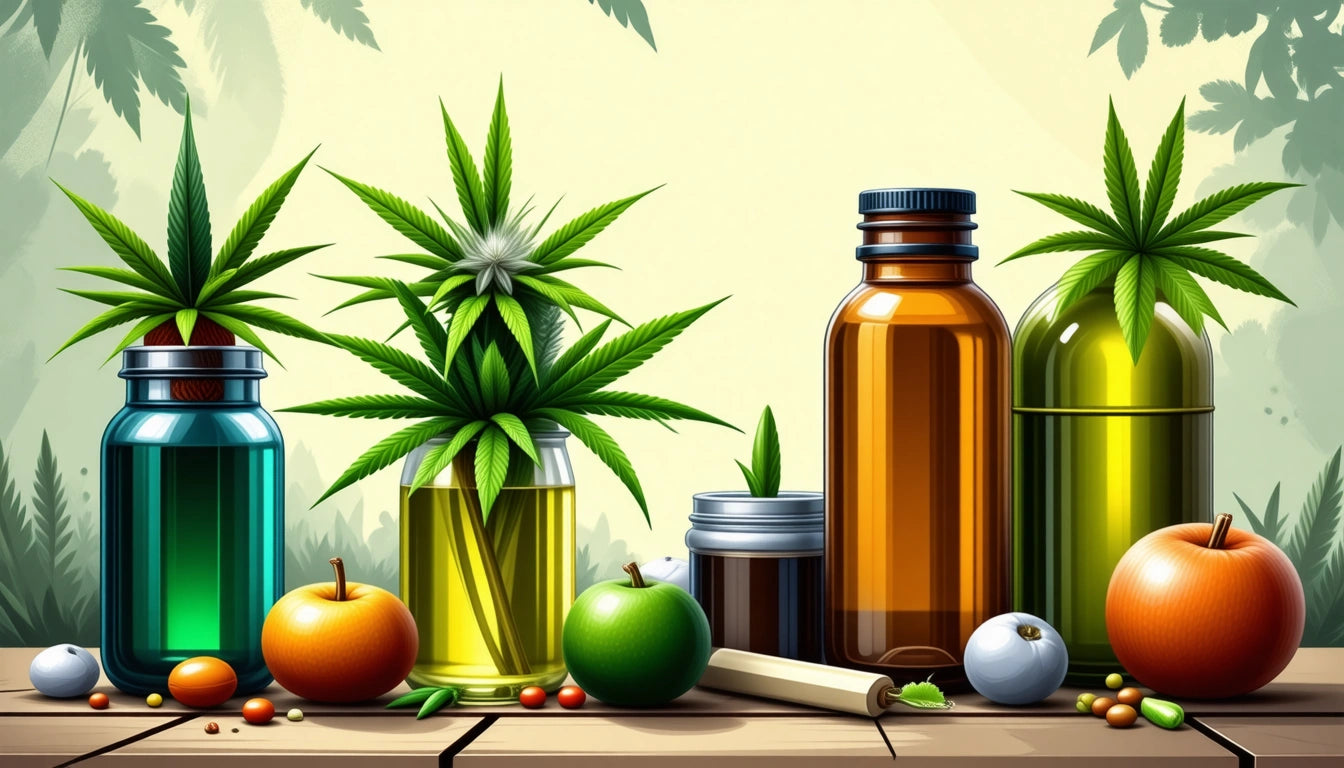Table of Contents
The Origins and Significance of 4/20: How It Became a Cultural Phenomenon
Few dates on the calendar have developed such a specific cultural association as April 20th. Known simply as "4/20" (pronounced "four-twenty"), this date has evolved from an obscure code among friends to an international day of cannabis celebration. Understanding when and how 4/20 became a recognized phenomenon provides fascinating insight into grassroots cultural movements and how they spread.
Origins of 4/20: Separating Fact from Fiction
Before exploring the true origins of 4/20, it's worth addressing some common misconceptions about where the term came from. Many theories have circulated over the years, including:
- That 420 is the police code for marijuana possession
- That there are 420 active chemicals in cannabis (the actual number is closer to 500)
- That it references Hitler's birthday (April 20)
- That it stems from Bob Dylan's song "Rainy Day Women #12 & 35" (12 × 35 = 420)
None of these theories is accurate. Understanding the significance and slang of 420 requires looking at its actual historical roots.
The Waldos Story: How 4/20 Really Started
The most credible and well-documented explanation for what is 4/20 traces back to 1971 in San Rafael, California. A group of five high school students who called themselves "the Waldos" (because they hung out by a wall) created the term as a code for their after-school adventures.
The Waldos learned about an abandoned cannabis crop and planned to search for it. They agreed to meet at 4:20 pm by the statue of Louis Pasteur at their school after their extracurricular activities. "4:20" became their shorthand for this meeting and eventually for cannabis consumption in general.
While they never found the legendary crop, their coded phrase "4:20" stuck as their discreet way to talk about cannabis in front of parents and teachers. What started as "4:20-Louis" was eventually shortened to just "4:20."
High Times and Mainstream Adoption
The question of how 4/20 became a thing beyond a local high school involves a connection to the Grateful Dead. The Waldos had connections to the band's inner circle, and as Deadheads followed the band on tour throughout the 1970s and 1980s, the term gradually spread through this community.
The critical turning point came in the early 1990s when Steve Bloom, a reporter for High Times magazine, came across a flyer at a Grateful Dead concert that explained the meaning of 4/20 and its Waldos origins. High Times published the flyer and began using the term deliberately, which accelerated how 4/20 became a cultural phenomenon.
By the mid-1990s, the date April 20th had become solidified as an unofficial holiday in cannabis culture. The first organized 4/20 celebrations began taking place around this time, particularly in places like Hippie Hill in San Francisco's Golden Gate Park.
4/20 as a Global Celebration
Today, April 20th is marked by celebrations worldwide, from massive gatherings in Denver and Vancouver to events in London and beyond. These gatherings range from political rallies advocating for cannabis legalization to music festivals and cultural celebrations.
The significance of 4/20 has evolved beyond just a time to consume cannabis. For many, it represents a day to advocate for policy reform, educate about cannabis benefits, and celebrate the culture that has developed around it. For retailers and brands, it's become the biggest sales day of the year, with many offering special promotions and premium storage solutions to preserve freshness for the products purchased during these celebrations.
Cultural Impact Beyond Cannabis
What makes the 4/20 phenomenon particularly interesting is how it transcended its origins to become recognized even by those who don't participate in cannabis culture. The term has entered the mainstream lexicon and appears in everything from films to music to everyday conversation.
Politicians now regularly address cannabis policy issues around this date, and mainstream news outlets cover 4/20 events. This broader cultural awareness has contributed to changing attitudes toward cannabis and has coincided with the wave of legalization efforts across the United States and internationally.
Understanding 420's meaning and celebrations today requires recognizing how it functions as both a cultural identifier and a political statement. The date serves as a reminder of how far cannabis acceptance has come and the ongoing work toward full legalization.
Evolution and Future of 4/20 Celebrations
As cannabis continues to move from counterculture to mainstream, the nature of 4/20 celebrations is evolving. What began as secretive gatherings has transformed into permitted events, corporate sponsorships, and sophisticated marketing campaigns.
The question of what is 4/20/24 (the celebration in 2024) will likely reflect this continued mainstreaming. We can expect to see more emphasis on cannabis as wellness, sustainability in growing practices, and the integration of technology into the cannabis experience.
Despite these changes, the grassroots spirit of 4/20 remains. It continues to be a day when the cannabis community comes together to celebrate their culture and advocate for those still affected by prohibition. The unlikely journey from a high school code to an international phenomenon demonstrates how cultural symbols can emerge organically and take on significance far beyond their origins.
Whether you're a longtime enthusiast or simply curious about the meaning behind 420, the day stands as a fascinating example of how subcultures can influence mainstream society and how a simple phrase can evolve into a movement.











Leave a comment
All comments are moderated before being published.
This site is protected by hCaptcha and the hCaptcha Privacy Policy and Terms of Service apply.